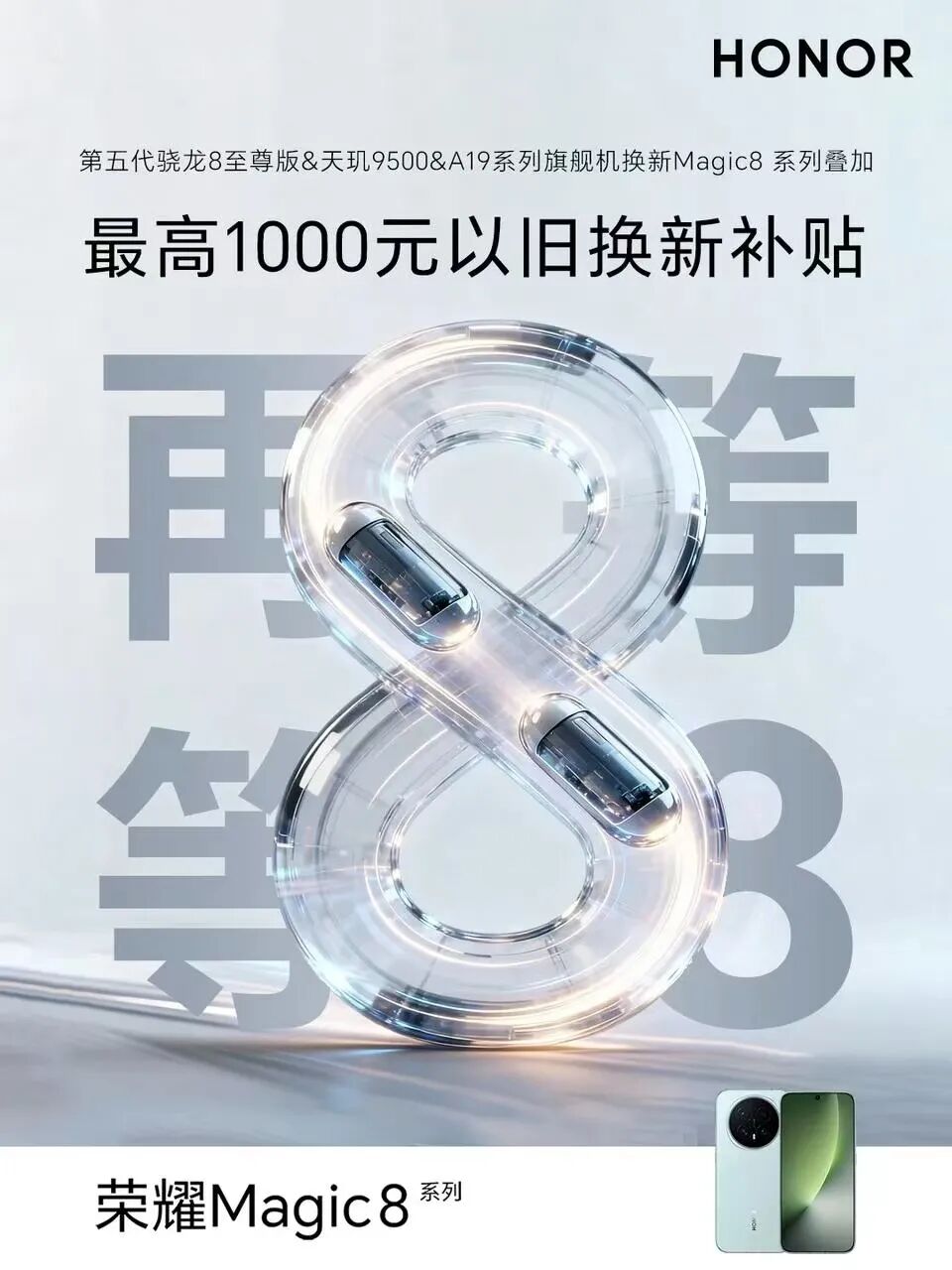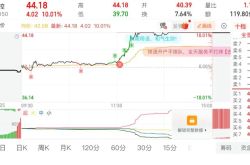Is iPhone 17 a Smash Hit or a Dud?
![]() 09/26 2025
09/26 2025
![]() 639
639
Apple Ups Its Ante, Domestic Flagships Make a Splash—Which Flagship Should You Opt for This Autumn?
—Shuige
The launch of the iPhone 17 has sparked widespread excitement, primarily because Apple has ditched its previous strategy of incremental upgrades, opting instead to introduce a host of significant enhancements to the standard model. While many view this as a genuine move by Apple, in Shuige's opinion, this 'value-added, price-stable' update is largely a response to the competitive pressure exerted by domestic flagship smartphones.
According to data released by Canalys, in the fourth quarter of 2024, Apple's iPhone shipments in China experienced a 25% decline. Apple's fiscal report for the first quarter of 2025 further revealed a 2.26% year-on-year revenue drop in the Greater China region, making it the only region globally to witness negative growth.
In China's high-end smartphone market, Apple's market share plummeted from 70% to 54% in 2024, with domestic flagships now commanding nearly half of the market.
Faced with this daunting scenario, Apple's new iPhone 17 series has finally abandoned its incremental upgrade approach, opting to align with domestic smartphones by comprehensively upgrading its hardware.

The iPhone 17 series now boasts high refresh rate screens, a more powerful A19 chip, and a standard 256GB storage across all models. It also features VC cooling, expanded memory and battery life, improved network connectivity, a 120Hz refresh rate screen, and a new periscope telephoto lens. More significantly, Apple has kept the pricing unchanged, with the base model of the iPhone 17 series even being 1,000 yuan cheaper than its predecessor.
While many are lauding Apple's 'revolutionary' changes, Shuige must point out a stark reality: the so-called leapfrog upgrade of the iPhone 17 merely brings it on par with domestic flagships. As early as 2019, domestic smartphones had already surpassed 100 million pixels in camera resolution, and this year, they are pushing towards 200 million pixels for telephoto lenses. Many domestic brands also introduced 120Hz refresh rate screens in 2019. Several years ago, VC cooling plates became a standard feature in domestic smartphones. Moreover, high-pixel multi-camera setups, large storage capacities, and big batteries have long been standard features in domestic flagships.
1. If Apple Isn't the Top Pick, How Should You Choose a Domestic Flagship?
Now that Apple is no longer the undisputed leader in the high-end market, domestic flagships are vying for iPhone users' attention. Take the Xiaomi 17 as an example—its name leap from Xiaomi 16 to directly compete with the iPhone 17, and its design heavily borrows from Apple's aesthetic. Other manufacturers are also introducing new features that not only match but also surpass Apple's offerings. Today, domestic flagships are transitioning from mere imitation to leading innovation in smartphone hardware and software.
From September to October, a fierce battle among domestic flagships is set to unfold. Alongside the newly released Xiaomi 17 series, the Honor Magic8 series, OPPO's Find X9 series, and vivo's X300 will all make their debut in October, creating a peak period for flagship smartphone releases in the autumn of 2025.
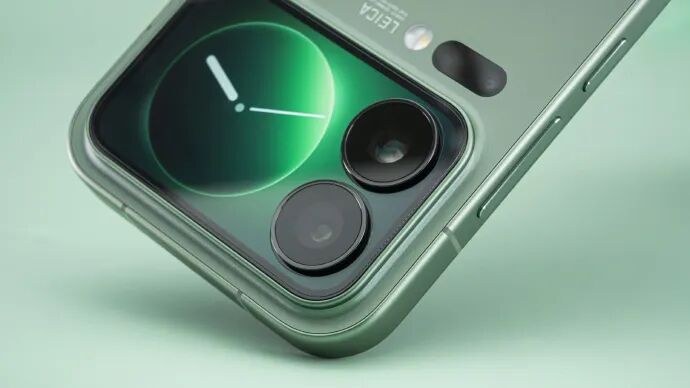
The Qualcomm Snapdragon 8 Elite Gen 5 chip, officially released on September 25, boasts a significant performance leap thanks to TSMC's 3nm process and an innovative '2+6' all-large-core design in its self-developed Oryon architecture, enabling seamless multitasking. It's being hailed as an 'atomic bomb-level' chip in the Android camp. Both the Xiaomi 17 series and Honor Magic8 series will be powered by this chip.
Imaging has long been a weak spot for Apple, but domestic smartphones have seized this as a key area for breakthroughs, sparking an arms race in 'telephoto photography'.
vivo has announced the upcoming X300 series flagship, equipped with a 200-million-pixel telephoto lens, dubbed the 'telescopic cannon'.
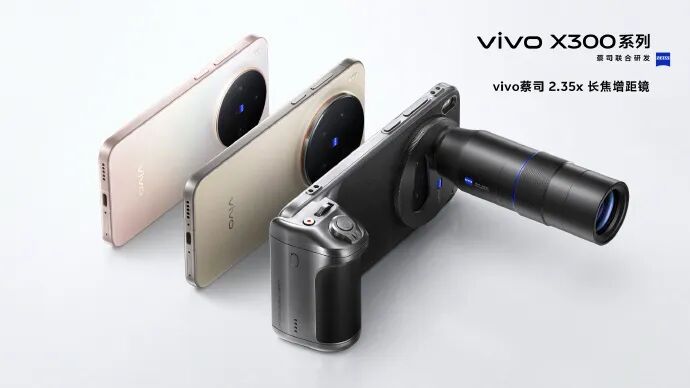
The Xiaomi 17 series, codenamed 'King of Backlight', features a new 'Leica Light and Shadow Master' imaging system focused on backlight photography.
The OPPO Find X9 Ultra uses a 200MP IMX09E sensor for its main camera, with a 1/1.1-inch size.
The Honor Magic 8 series, set to launch in October, will feature a 200-million-pixel super night telephoto lens. Based on sample photos leaked by Honor's Fang Fei and insights from imaging experts, the Honor Magic8's imaging capabilities have indeed undergone a leapfrog upgrade.
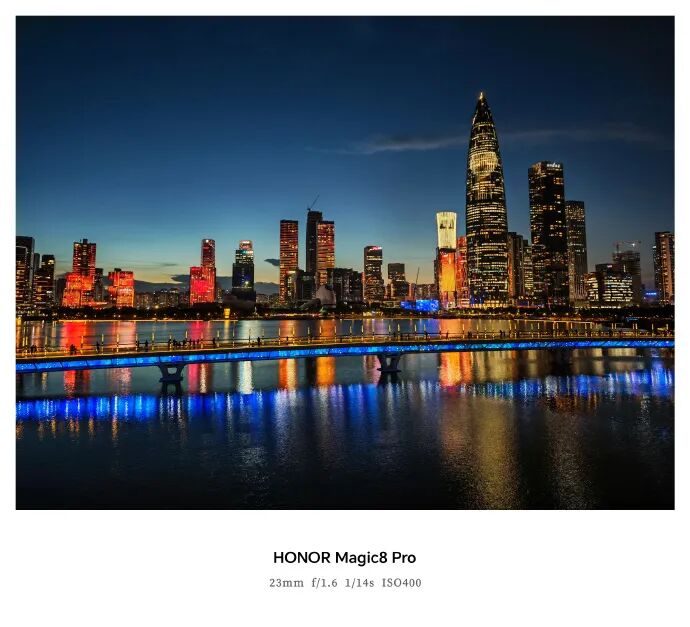
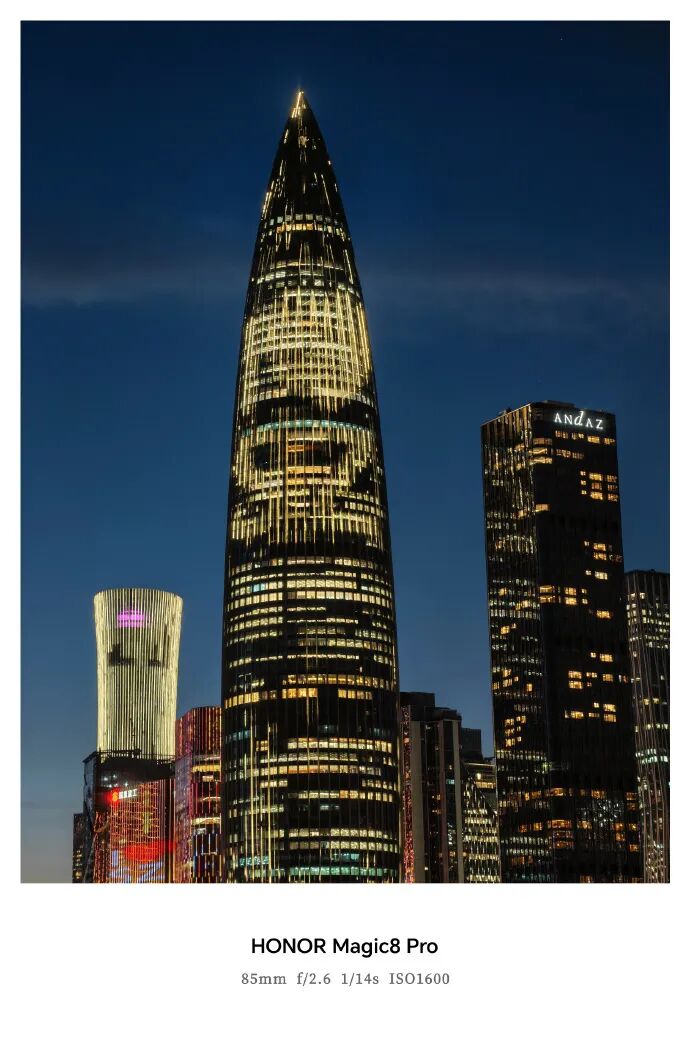

Additionally, Honor, which has consistently focused on AI, will continue to lead the industry in this field with its new products. Honor CEO Li Jian stated that this phone will be a self-evolving AI native smartphone with stronger learning capabilities that grow alongside the user.
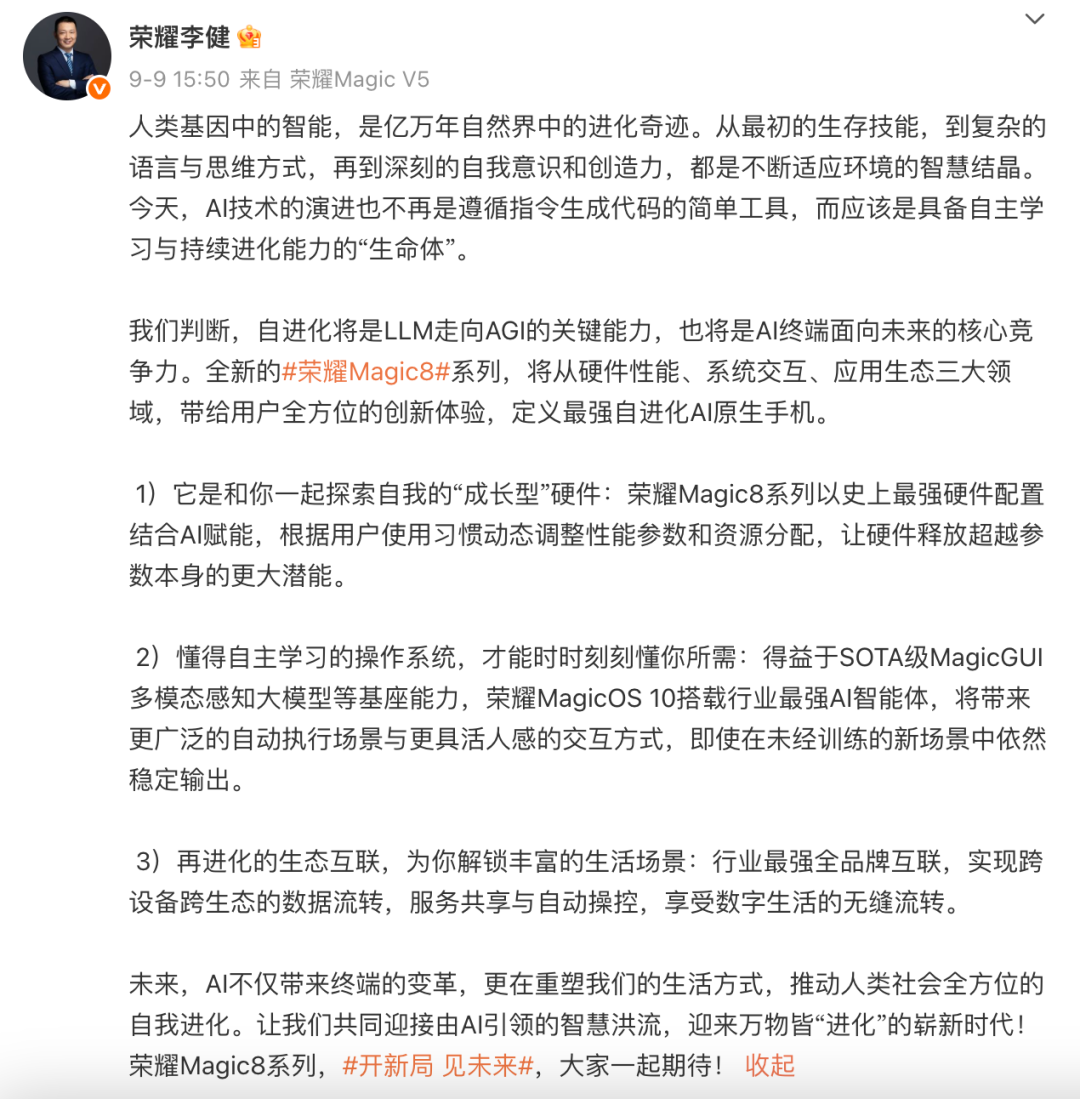
Seeing this, many users who have already purchased or are planning to buy a flagship phone may feel overwhelmed by the plethora of options. With so many manufacturers offering unique features, how does one choose? What if the phone you buy doesn't meet your expectations? Consumers face choice paralysis amid a flourishing smartphone market.
So, what's a good solution? Recently, netizens discovered that while Honor opened pre-orders for the Magic8, its e-commerce and offline stores launched the 'Regret Protection Benefits' program. Users trading in flagship models powered by the fifth-generation Snapdragon 8 Elite Gen 5, Dimensity 9500, or A19 series to purchase the Honor Magic8 can receive an additional subsidy of up to 1,000 yuan.
Honor's trade-in policy seems to offer a fresh perspective for the industry: try it out, and if unsatisfied, you can still switch to another flagship. This reflects respect for user choice and confidence in their own product's strength.
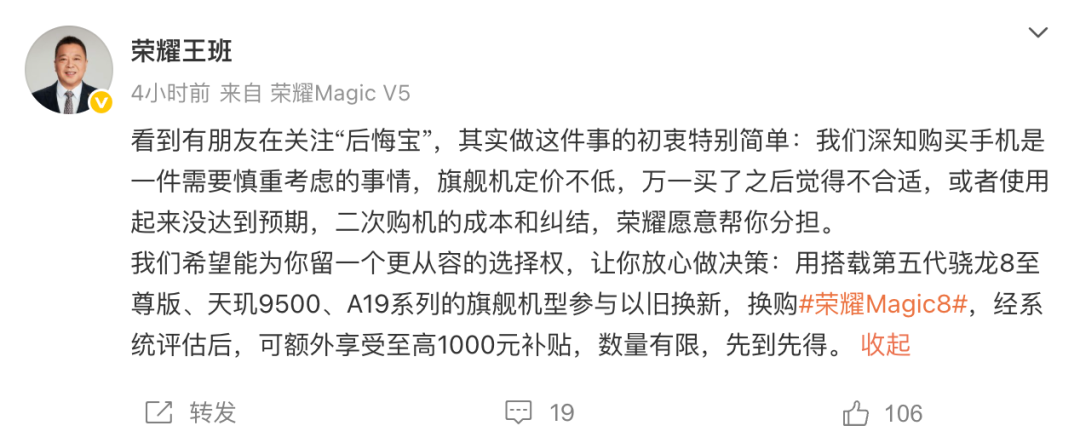
2. What Gives Honor the Confidence to Offer 'Regret Protection' for the Magic8?
Recently, Honor has unveiled a series of innovations, combining full hardware performance with AI-empowered hardware, system reconstruction, and ecological interconnection evolution. First, the Honor Magic8 series adds an independent side button, likely a customizable AI key for quickly summoning the 'YOYO intelligent assistant'.
The tech community is abuzz over Honor's MagicOS 10's 2.7GB update package, which emphasizes a 'sense of transparency' in its new interface. This isn't just a change in icons but a complete UI hierarchy reconstruction. From the 'transparent' UI to the Turbo X engine, Honor challenges Android's reputation for lag with a 'counter-logical' innovation spanning from UI to core. Even Chen Xi, ColorOS Design Director at OPPO, couldn't help but comment on Weibo: 'This system looks the best and most normal so far.'
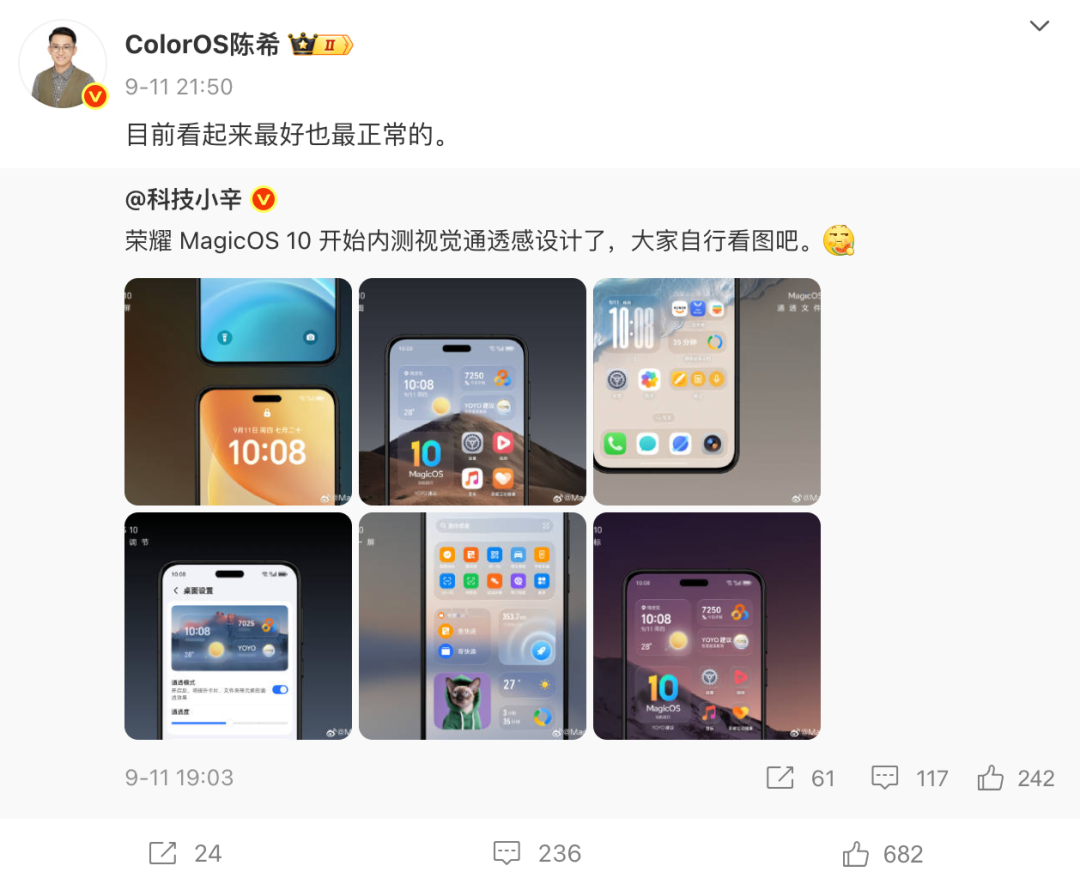
At the Snapdragon Summit on September 25, Honor proudly announced that the Magic8 series will be among the first to feature the fifth-generation Snapdragon® 8 Elite Gen 5 mobile platform. Honor will collaborate with Qualcomm Technologies to explore a new era of 'smartphone intelligence & performance', delivering a self-evolving AI native experience. During the summit, the Honor Magic8's 'Celadon Glaze' color was also unveiled, showcasing a refreshing and elegant aesthetic rooted in Eastern design.
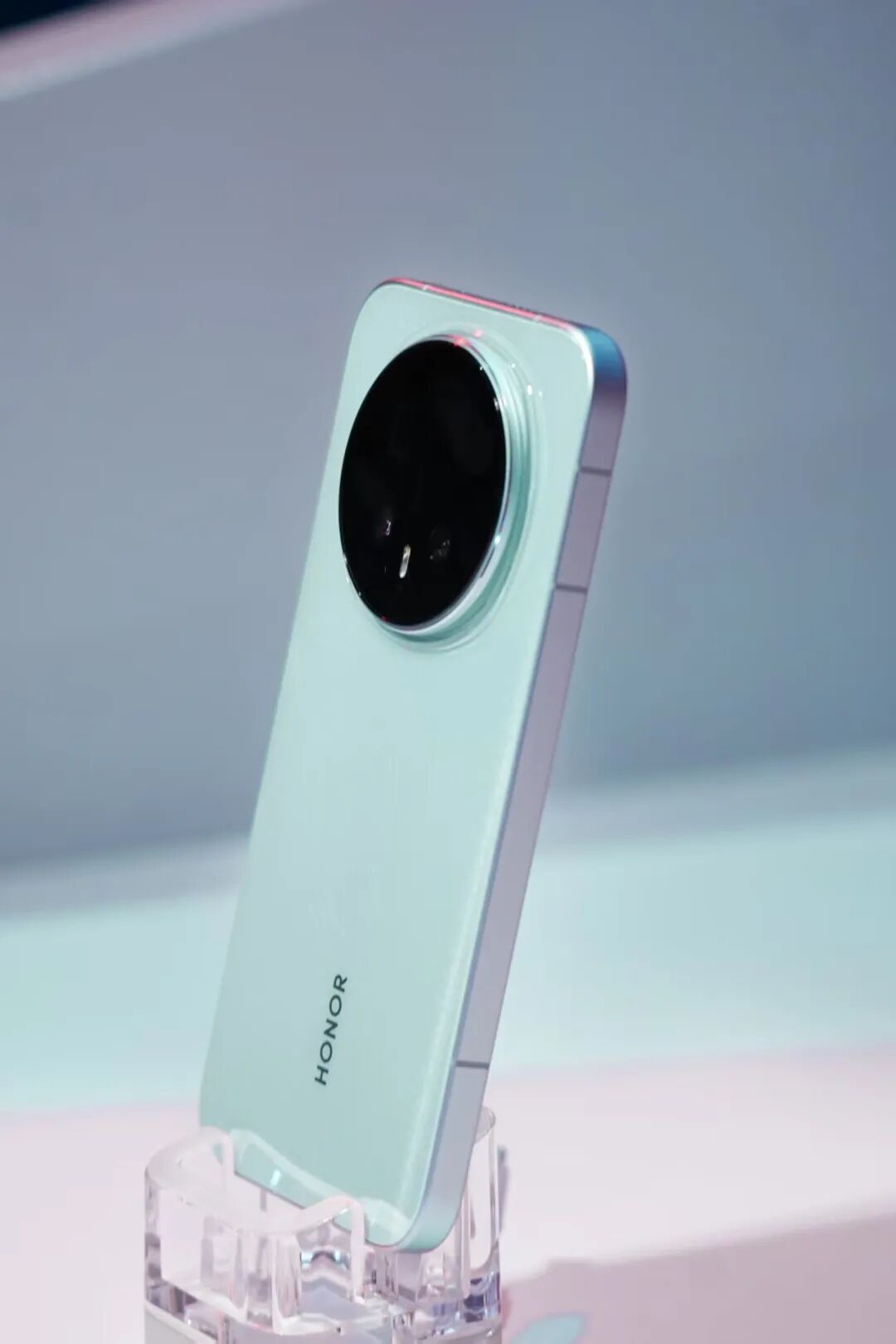
The Honor Magic8 series is set to launch in October, with MagicOS 10's official version releasing simultaneously.
In closing, Shuige encourages those still undecided about which flagship to buy this autumn to wait for the Magic8. I also hope other manufacturers will follow Honor's lead in introducing consumer-friendly services like 'Regret Protection', allowing users to not only use their phones with peace of mind but also purchase them confidently, enhancing the overall buying experience.
